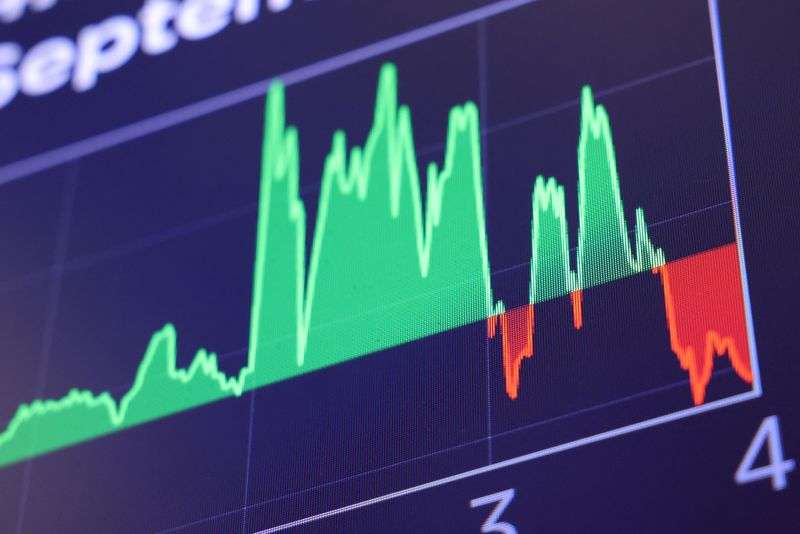In 2024, central banks successfully lowered interest rates, leading to soaring stock markets and an increase in billionaires. However, widespread public dissatisfaction arose due to ongoing cost-of-living issues. Looking ahead to 2025, potential challenges include trade wars, geopolitical tensions, and the need for economic reform. The World Bank warns that poorer nations are struggling, while wealthier countries face pressure to improve living standards. Uncertainty looms, with calls for strategic action to avoid a financial crisis.
The Economic Landscape of 2024: A Mixed Bag
In 2024, central banks worldwide finally managed to reduce interest rates after successfully tackling inflation without pushing economies into a global recession. Stock markets soared to unprecedented heights in the United States and Europe, with Forbes celebrating a ‘record year for the mega-rich,’ as 141 new billionaires joined the ranks of the wealthy elite. However, this optimistic scenario did not resonate with the voting public. In an extraordinary election year, citizens across countries from India to South Africa, and throughout Europe and the U.S., expressed their discontent with incumbent governments due to the harsh economic realities they faced, particularly a persistent cost-of-living crisis stemming from cumulative price hikes since the pandemic. As 2025 approaches, many fear the situation may worsen.
Potential Challenges Ahead in 2025
If Donald Trump’s administration were to impose tariffs on American imports, it could instigate a trade war, leading to renewed inflation, a global economic slowdown, or perhaps both. Current low unemployment rates might see an uptick, while geopolitical tensions in Ukraine and the Middle East, as well as political stalemates in Germany and France, further complicate the outlook. Additionally, the financial repercussions of climate change have become a pressing concern for numerous nations.
Why This Matters
The World Bank indicates that the world’s poorest countries are facing their toughest economic challenges in two decades, having missed out on the recovery that followed the pandemic. They cannot afford new obstacles such as unfavorable trade or financing conditions. In wealthier nations, governments are under pressure to address the widespread perception among voters that their purchasing power and living standards are declining. Failure to rectify this sentiment could bolster the rise of extremist parties, which have already contributed to political fragmentation and legislative stalemates. New funding priorities are being imposed on national budgets that are still recovering from the financial strains of the COVID-19 pandemic, whether it’s to tackle climate change, bolster military capabilities, or support aging populations. Only robust economies can generate the necessary revenues for these initiatives. If governments continue their historical pattern of increasing debt without strategic reform, they may soon find themselves facing a financial crisis.
Looking Forward to 2025
Christine Lagarde, President of the European Central Bank, has pointed out that uncertainty will be pervasive in 2025. The potential for Trump to impose tariffs ranging from 10% to 20% on imports, or even 60% on Chinese goods, remains unclear, leaving many to speculate whether these threats are merely negotiating tactics. The outcomes will hinge on which sectors are predominantly affected and how they might respond. As the world’s second-largest economy, China is under growing pressure to undergo significant transformation, especially as its recent growth momentum fades. Economists argue that it must reduce its dependence on manufacturing and ensure more financial support for low-income citizens. Meanwhile, Europe, which has diverged from the U.S. economy since the pandemic, must confront fundamental issues such as investment shortages and labor market gaps, but first, it needs to resolve political deadlocks in its largest economies, Germany and France.
The potential strengthening of the dollar, if Trump’s policies spur inflation and slow the Federal Reserve’s interest rate cuts, poses further challenges for other economies. Such a scenario could deter investments and increase the costs associated with dollar-denominated debt. Additionally, the unpredictable fallout from ongoing conflicts in Ukraine and the Middle East could have significant implications for global energy prices. At present, policymakers and financial markets are banking on the global economy’s capacity to navigate these challenges and for central banks to successfully return to normalized interest rate levels. However, the International Monetary Fund warns in its latest World Economic Outlook: ‘Prepare for uncertain times.’ As we look ahead, it is crucial to brace ourselves for the unexpected.
